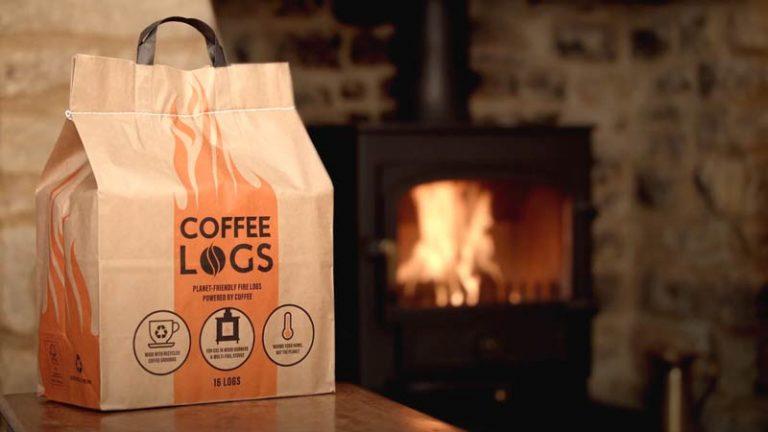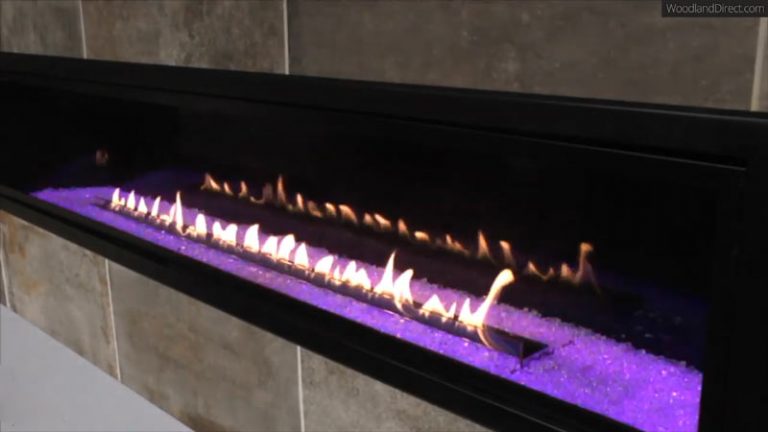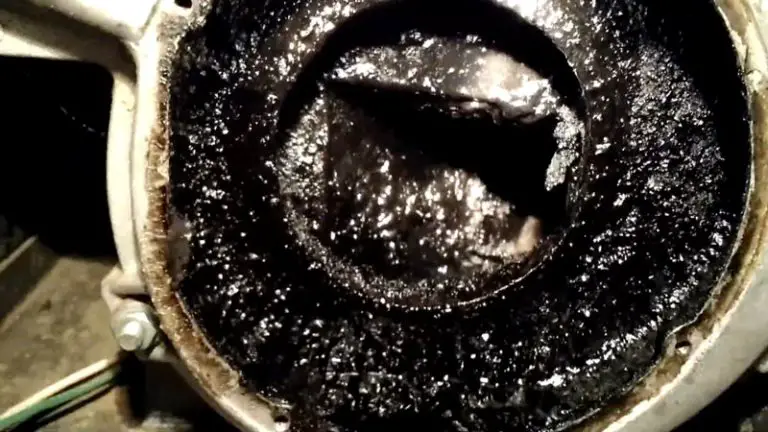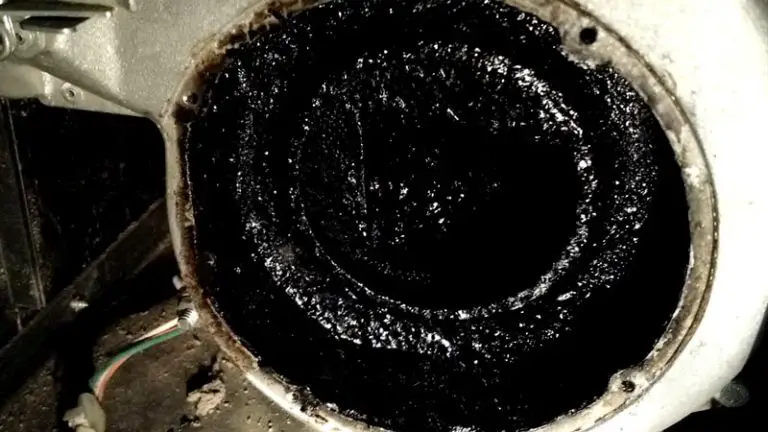How Long Does Creosote Smell Last
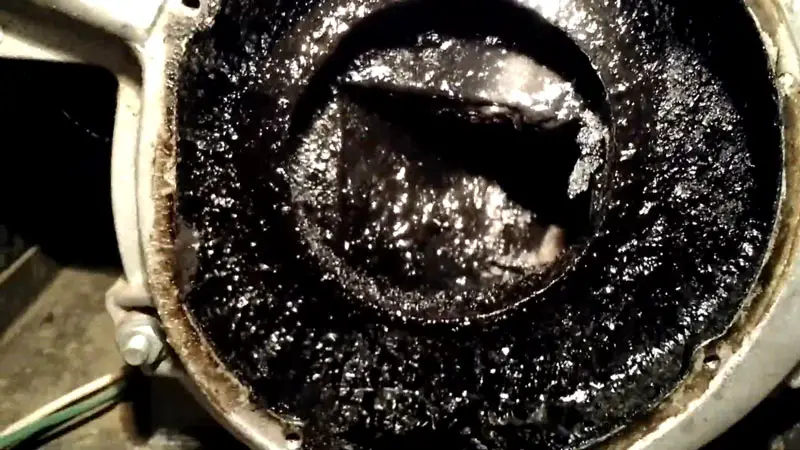
If you have had a fire in your home this year, it is important that you take action to prevent future fires. One of the most common causes of fires is an improperly cleaned chimney or air chamber.
A blocked system can also lead to poor combustion and subsequent fire, as well as damaged parts that may not allow heat and smoke out properly. In order to avoid these problems, be sure to ventilate your fireplace system regularly and check for blockages before they cause damage.
Finally, if there was any damage caused by the fire in question – whether accidental or intentional – make sure to get it fixed promptly so you don’t face additional risks down the road.
You'll Learn About
How Long Does Creosote Smell Last?
Poor combustion can be a result of numerous factors, including blocked or damaged parts in the chimney system. A lack of ventilation can cause an air chamber to overheat and lead to poor burning conditions – this is especially problematic during fire season.
Failure to clean after the winter months (or before) leaves debris and materials that will block airflow – again, this comes into play during fire season when there’s increased demand for oxygen. If you have any questions about your fireplace’s performance, don’t hesitate to reach out for help from professionals who know their stuff.
Chimney Was Not Cleaned
Creosote often contains a potent, pungent odor that can persist for days or even weeks after the fire is put out. The smell from creosote fires can be especially strong if the chimney was not cleaned properly following the season’s wildfires.
If you notice an unpleasant smell coming from your fireplace, it may be time to have it professionally cleaned. You might also want to consider installing an air-purifying system in order to reduce or eliminate any lingering smells associated with creosote fires and smoke damage.
Remember that creosote is dangerous and should never be touched without proper protection – wear gloves when using a shovel, rake, or other tools near a fire.
Air Chamber Wasn’t vented Properly
Creosote smells terrible and can be incredibly offensive. If the air chamber was not vented properly, then this gas will continue to seep into the home for weeks or even months.
A professional should inspect your chimney and venting system so that you don’t have to endure that horrific smell any longer. The sooner you take action, the better off you’ll be – it’s just a matter of time before creosote takes over completely again.
Make sure to call an expert if there are signs of leakage in your home- otherwise, it could become quite costly to correct.
Blockage In The System
If you experience a bad odor or notice any changes in your air quality such as coughing, it is time to call an expert. Creosote can have a pungent smell that lingers for some time after the material has been disturbed.
In order to avoid long-term damage, open up windows and doors if possible when you detect the unpleasant odor – even if just for a short period of time. If creosote does manage to get into your home’s ventilation system, it will cause problems with your heating/cooling systems over time too. So be sure to have this checked out by professionals.
It is important not to panic and try cleaning everything yourself; professional help is always the best option.
Damaged Parts Cause Poor combustion
Poor combustion is often caused by damaged parts in your engine or car. Creosote can cause a foul smell and smoke from your engine, even after it’s been repaired.
Damaged areas may also lead to reduced fuel efficiency, increased emissions, and decreased performance over time. If you notice any of these signs of damage, get the repairs done as soon as possible to prevent further problems down the road.
Keep an eye on your vehicle’s condition so you don’t experience any unpleasant odors or reduced performance again later on.
Does the smell of creosote go away?
If you have a creosote problem, the smell will likely go away after a while. Creosote is a type of oil used in older homes and businesses. It can build up over time and cause smoke and odor problems.
If you notice any of these signs, call your insurer or contractor: No, the smell of creosote will stay with your car even after it’s cleaned. Creosote is a type of oil that’s used in diesel engines to help prevent corrosion.
When this oil starts to break down, it can cause a number of smells including licorice and tar.
How do you neutralize creosote smell?
If you have a creosote smell coming from your fireplace, there are several methods that can be used to neutralize the odor. Make sure your fireplace is clean before starting any of these steps – a dirty fireplace will produce more of an odor.
Pour vinegar into the grate and leave for a few days – this should help to remove the scent and odors from the wood. If all else fails, call in professionals. A professional should be able to properly clean and sanitize your fireplace so that it does not produce any smells in the future.
Is creosote smell toxic?
The toxicity of a substance may vary depending on the dosage and how it’s ingested. However, most people would say that if you smell something burning, it’s probably not good for your health.
Creosote is a type of wood tar used in many types of construction; when it leaks or burns improperly, it can produce toxic fumes. Creosote is a liquid, tar-like substance that is used to seal and protect wooden surfaces from water damage.
It can also be found in some building materials such as roofing shingles and siding. Breathing the fumes from creosote can cause asthma and other respiratory problems including coughing, chest pain, shortness of breath, and difficulty breathing.
In extreme cases, it has been known to cause stomach pain and burning sensations in the mouth & throat area. The effects of exposure to creosote fumes depend on how much you are exposed to them over time and your overall health condition. If you have any underlying medical conditions or are pregnant, stay away from areas where there is this hazardous material present.
When ingested, even small doses of creosote may cause nausea vomiting diarrhea, abdominal cramps, dizziness headache, drowsiness fever chills. These side effects may persist for up to 72 hours after exposure. Always wear protective clothing when working with this hazardous material and avoid breathing in the fumes if possible.
How long does creosote last?
Creosote is a natural oil that comes from wood. It’s used as a sealant and treatment for timber in buildings. Creosote can last for many years, but it can also release harmful chemicals over time.
If you see signs of creosote damage, like brown patches on the floor or walls, call a professional to assess the situation. Creosote is a toxic by-product of oil refineries that were used to protect the wood during the early days of construction.
Today, it’s mainly used as an outdoor protection agent against insects and marine borers. The toxicity of creosote depends on the type of fungus, insect, or marine borer that comes in contact with it. However, even though creosote has natural toxicity to these creatures, over time they will eventually overcome this resistance and start attacking the substance directly.
Although creosote-treated utility poles last for up to 40 years, their useful life may be considerably shorter depending on how often they are inspected and maintained (elevated temperatures can accelerate the degradation process).
The average storage life for untreated lumber is around 40 years before it begins to show signs of rot; however, treated lumber can last anywhere from 50 to 100 years without any major problems.
Even if your creosOTE-treated utility pole does reach its end-of-life after 75 years (which is highly unlikely), you’ll still be able to use it thanks to its non-toxic nature – meaning there won’t be any harmful effects when you do so.
How long does it take for creosote to dry?
Creosote will dry faster in areas where there is good air movement, such as near windows or doors. Do not apply pressure when applying creosote – use a lightweight application tool instead. It takes one to two days to dry.
Allow the wood to air-dry completely before using it. Be careful around any cracks and openings; creosote can accumulate there quickly. Remember that creosote dries very slowly so patience is key.
How long does fireplace smell last?
If you have a fireplace, you may be familiar with the smell of burning wood and embers. Over time, this scent can dissipate and leave a noticeable odor in the air.
Some people notice that the new logs in their fireplace smell strongly at first. After a break-in period of around 3 or 4 hours, the smell begins to dissipate and is no cause for concern.
Why does my fireplace smell days after a fire?
After a fire, the chimney needs to be cleared of any soot and creosote buildup as well as pressure imbalances in order for the fireplace to operate at its best.
A professional cleaning may be necessary if Chimney Maintenance is not regularly performed or if there are signs of creosote build-up of pressure imbalance. Make sure all connections and lines are tight before lighting the fireplace, in order to prevent leaks that could cause poor drafting days after your fire has been lit.
Finally, keep an eye out for any red flags such as smoke coming from outside the house or strange odors – these indicate that it’s time for a professional cleaning.
Why Does Propane Heater Flare Up?
To Recap
Creosote smells bad and is toxic, so it’s important to remove it as soon as possible. Creosote will last for a few weeks in an area with high concentrations of the chemical, but it can also linger in the air for longer periods of time.
If you smell creosote, don’t hesitate to call a professional to clean up the area.


